For decades, Irish fishermen have called for Irish seals to be culled. The call for a seal cull has been made especially vociferously in the west of the country, and has been brought into the national discussion when backed by politicians and highlighted by illegal acts of violence against seals. Just weeks ago, Michael Healy-Rae, Independent TD for Kerry, was in the media demanding a cull. Though many people perceive seals to compete with fishermen, any impact on fisheries is not well supported by the research. Studies have found that seals do not generally compete for the same fish resources as fishermen, and modelling has indicated that the presence or absence of seals has little impact on fisheries catches.
Ireland has had a long and complicated relationship with her wild animals, our two species of seal (or rón) among them. These are the larger Grey Seal (Halichoerus grypus) and the smaller, less abundant Harbour or Common Seal (Phoca vitulina). Like many other native animals, seals have played a key role in Irish culture, seen in the many stories of selkies who swim as seals and walk as women, and in names like the masculine given name Rónán and the placename Róninis. But, again like many of our other animals, seals have come into conflict with modern Irish society, which has culminated in the call for Ireland to initiate a seal cull.
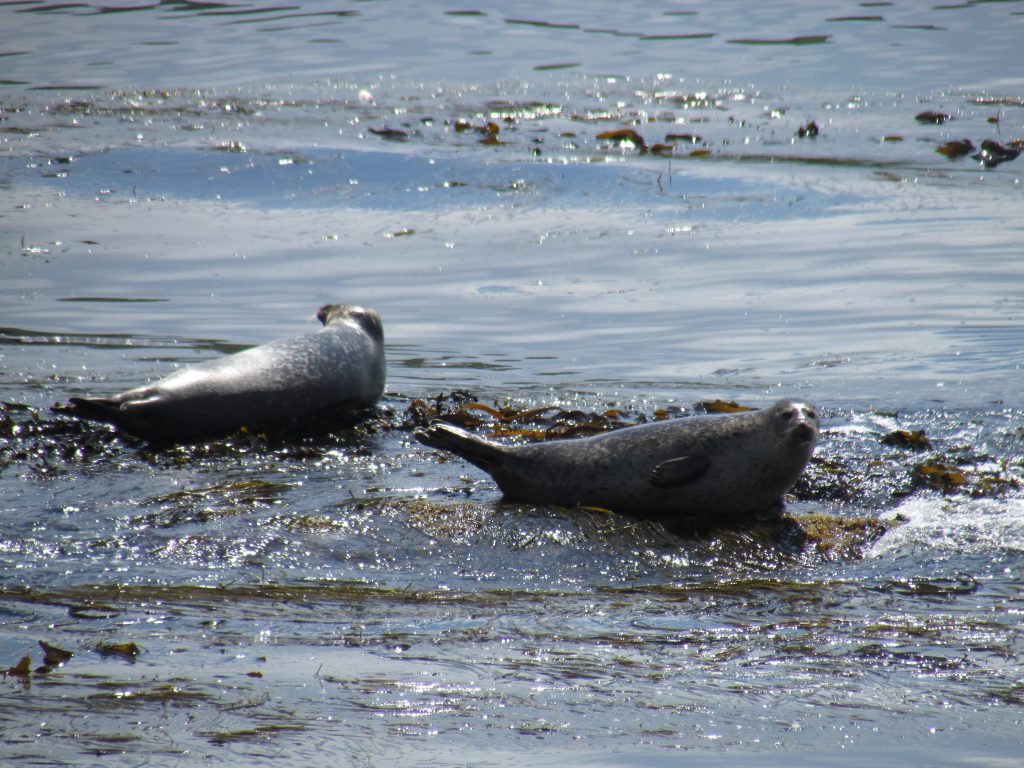
These seal species are two of the largest predatory species found in Ireland (only the cetaceans are larger), and as part of their varied diet they have been seen to feed on fisheries species such as cod, pollock, haddock, and herring. Irish fishermen have continuously called for Ireland to initiate a cull of its seals, particularly in the west of the country, citing perceived damage by seals to Ireland’s fish resources and perceived competition between seals and the Irish fisheries. The west of Ireland is home to the bulk of the Irish fishing industry as well as most of the country’s seals, and a resolution must be found for the two to be able to co-exist if the west is to retain its economy and biodiversity. This call has existed since at least the late 1970s, when seals first came under the protection of the Wildlife Act, but has found renewed voice in recent years, even finding its way into national politics when championed by politicians including Independent TD Michael Healy-Rae of South Kerry (just last week, and on at least two other occasions), Fine Gael TD for Donegal Joe McHugh, and then Fine Gael councillor for Galway Seosamh Ó Laoi. Most drastically, then Fianna Fáil MEP and former TD and senator Mark Killilea proposed the building of a seal meat plant on the west coast, ostensibly to bring economic gain to the region while also controlling seal numbers. Regardless of its scientific basis, the call for a seal cull has been loud and persistent, and with its political backing it has the potential to be influential over Irish management practice into the future.
The issue has gained even more public notoriety with several incidents involving illegal killing of seals. In 2004, around sixty grey seal pups were killed on Beginish, one of the Blasket Islands, and in 2012 the severed heads of two seal pups were left nailed to the wall of the Dingle Seal Sanctuary. The heads were marked with crosses and the letters RIP in red paint, and one had the word “CULL” daubed beneath it. Other incidents have been reported in counties such as Cork and Waterford, where seals were killed by gunshot or decapitation. No one was charged in any of these incidents, and the National Parks and Wildlife Service has highlighted the difficulty in detecting and prosecuting these cases. This widespread phenomenon of seal killing illustrates the depth of feeling behind the desire of certain people in these communities for a seal cull, and highlights the need for the effects of seals on fish resources to be understood scientifically, so that management decisions can be made based on scientific evidence rather than emotion or common perception.
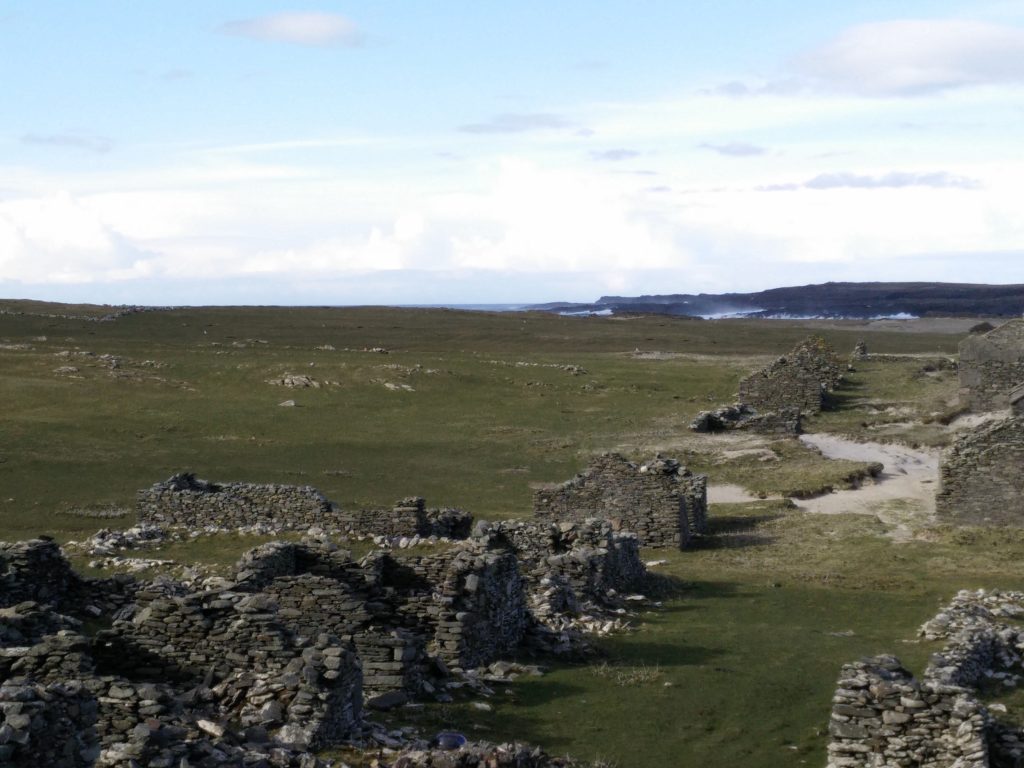
Seals in Ireland
The first surveys of Irish seals took place in the late 1960s, before the Wildlife Act, and established that there were at least 1000 harbour seals and 2500 grey seals in the country. The NPWS began surveying Irish seal populations in the late 1970s, in response to calls for a seal cull from fishermen due to perceived competition for fish resources, and have continued intermittently since then. These first NPWS surveys found the national seal population to be low, sparking concerns for the future of grey and harbour seals in Ireland. The populations have since recovered from these artificial lows, this increase perhaps prompting the perception by fishermen that the populations of these apex predators have grown “too” large and must be controlled.
The two species are now under the protection of the Wildlife Acts, 1976 and 2000. It is therefore a criminal offence to kill or injure a seal of either species, though section 42 makes allowances for their killing of protected species when they are causing “severe” damage to agriculture, fishery, forestry etc. Thus, under this section a fisherman may make an application to the Minister for Minister for Arts, Heritage, and the Gaeltacht for permission to kill a seal in a controlled and humane manner, if they can demonstrate that the seal is causing severe damage to their fishery. Section 23 (8) allows for the killing of most protected species in cases of damage too urgent to wait for permission from the Minister, but this does not extend to seals, whales, red deer or pine martens.
Grey and harbour seals are listed under Annex II of the European Union’s Habitats Directive, which requires that Special Areas of Conservation (SACs) be designated for the conservation of the species.
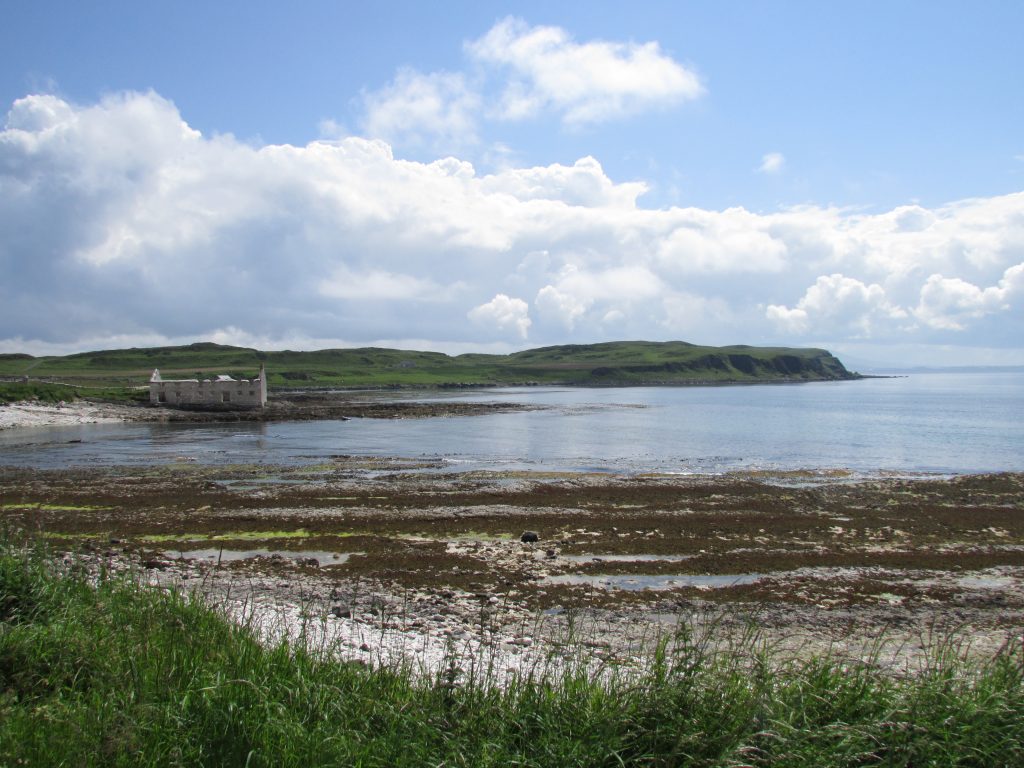
Seals and Commercial Fishermen
The most prominent aspect of seal-human interaction has been the conflict between seals and commercial fishermen. As 14,000 people are employed by the Irish fishing industry and it contributes €1.15 billion to the economy annually, any threat to this industry must be taken seriously as a threat to the national economy. Fishermen have portrayed seals as threatening fisheries in two ways: reducing fish resources and thus fisheries catches (competition), and taking fish directly from nets (depredation). Studies have provided evidence for the depredation argument, with “passive gear” or “set net” fisheries being the worst affected. These fisheries use nets, such as gill nets and tangle nets, which are left in the water for long periods of time so that their catch can be collected later. This style of fishery is vulnerable to seal depredation because the leaving of trapped fish in the water for long periods of time allows opportunity for seals to take fish, with seal depredation being positively correlated with “soak time” (the length of time the gear is left in the water). The value of fish depredated by seals from these set nets has been estimated between €286,000 and €526,000 by Bord Iascaigh Mhara (BIM), and is thought to be increasing.
Other methods, besides culling, can be used to protect set net fisheries from seal depredation. BIM showed that seal depredation was expected to increase by 5% for each increase of one hour in soak time. They advise that shorter soak times and faster hauling rates will reduce seal depredation, and advise investigation into systems to deter seals from approaching vessels. There is also the option of devices that can deter seals or physically exclude them. Acoustic deterrent devices (also known as seal scarers) have been shown to be effective in increasing the catches of salmon nets, while seal exclusion devices fitted to cod pots to prevent seals from opening them have been shown to reduce seal depredation to zero without affecting the effectiveness of the pots.
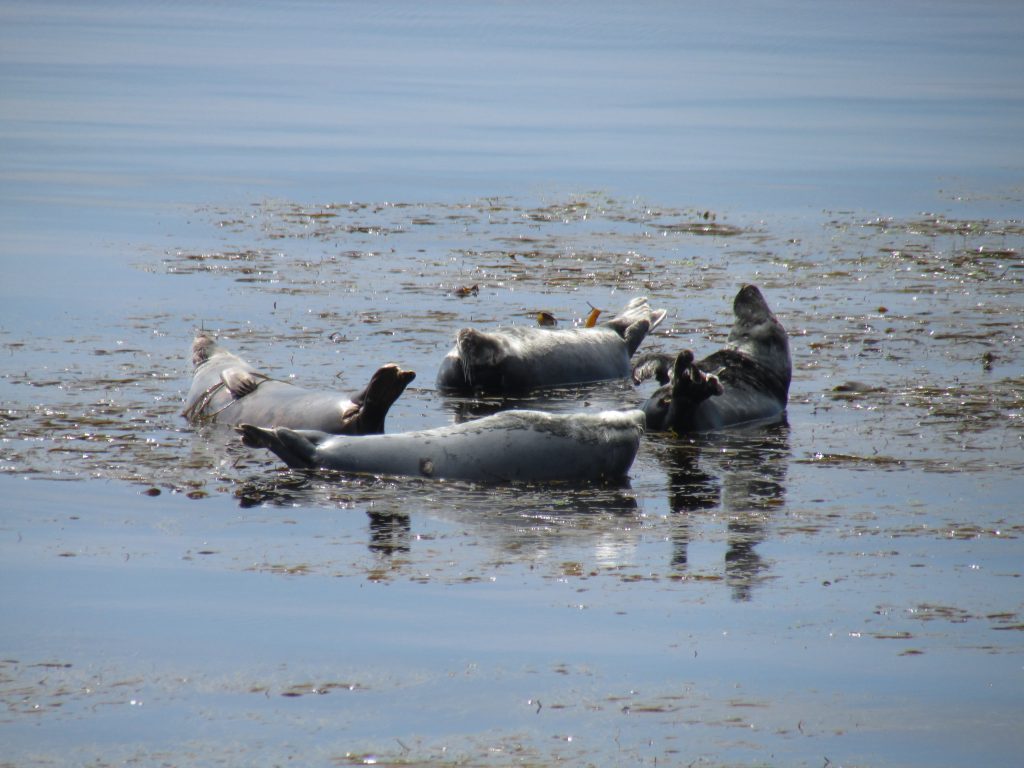
Fishermen have also pointed to a perceived competition between them and seals. In their eyes, seals and fishermen are competing for the same prey species, and removing seals would increase the populations of these prey species. This is known as the “surplus-yield” calculation, and though it can seem self-evident the reality of oceanic food webs is much more complicated. For one, seals also prey on intermediate predators that also prey on the fishermen’s desired fish. The net effect of seals on the fishery stocks must therefore be analysed empirically, and cannot simply be assumed to line up with the “surplus-yield calculations”. To this end, these food webs can be investigated with modelling and with physical methods such as scat collection. Several such studies have been carried out, and though the picture remains incomplete, little of the evidence that has been gathered supports the “surplus-yield” calculation. Though seals do feed on fisheries species as noted previously, their diet is very broad and varies across their range, and in Ireland they mostly feed on resources that are different from those sought by fishermen. A study using harbour seal scat and blubber samples found some overlap with fisheries species, but little overlap with the sizes of fish caught by fisheries. Sandeels and sole were found to be more important to seals than any of Ireland’s main fisheries species. When the effects of marine mammals on fisheries were modelled with Ecopath models, a low level of overlap was found between the species consumed by mammals and the species relied on by fisheries, with the former consisting mostly of lower trophic level species.
More specifically, researchers from Queen’s University Belfast and the Marine Institute recently found similar results when they modelled the marine community of the Celtic Sea to investigate the effects of grey and harbour seals on the trawl fisheries of southwest Ireland. Again a low overlap was found between the fish eaten by seals and fisheries species, in terms of both species and size. Other findings were that seal predation is unlikely to harm fisheries in this area, and that seal predation did not significantly affect the spawning stock biomass of any of the species that make up 90% of the catch of the fisheries. They also found that total consumption of fish by seals is about an order of magnitude smaller than the fisheries catch (Houle et al. 2016).
Another study looked at spatial overlap between seals and Irish whitefish fisheries, and once again found low levels of overlap.
In order to explain the poor state of Ireland’s fish stocks (in the absence of evidence that seals are negatively affecting them), it may be worth noting that Ireland ranks among the worst EU member states for overfishing, with its Total Annual Catch exceeding the scientifically advised maximum by 18%. In order to conserve fish resources, tackling overfishing may be more effective than culling seals.
How useful is culling?
As a management technique, culling has certain drawbacks that limit its utility. For one, a controlled culling programme is expensive: as an example, the current badger cull in the UK cost £6.3 million pounds in its first year, or £3000 per badger killed. Secondly, the killing of wildlife carries inherent risks for conservation. When bounties were offered for Irish seals before the enactment of the Wildlife Act, the reduced seal populations may have been unsustainable and in danger of extinction. Historically, such bounty payments played roles in the extinction of other mammalian predators such as the thylacine in Australia and the wolf in Ireland. There is also a risk of non-target species being killed, as when a cull of Australasian swamp-hens in New Zealand accidentally killed four critically endangered takahē, 5% of the species’s entire population.
And there are particular problems with how seals are killed. In 2010, around 750,000 pinnipeds were being hunted worldwide each year, with Canada as the leading country. Seal hunting has attracted criticism from animal welfare organisations, researchers, and political entities including the EU: The European Food Safety Authority, which is in charge of scientific investigation into potential risks in the food chain, has expressed concern at how seals are killed in seal hunts. The EU authorities criticise the use of guns, clubs and hakapiks (specialised seal clubs) to stun seals. They reason that seal killing should meet the same welfare guidelines as the killing of livestock, and argue that it does not. The European Parliament subsequently banned the import of seal products into the EU on animal welfare grounds
All of the options for reducing seal numbers have their disadvantages. The previous quota system was potentially unsustainable, a coordinated culling programme would be very expensive, and opening the seals to commercial exploitation (as Mark Killilea proposed) would fall afoul of EU legislation and potentially cause animal welfare issues.
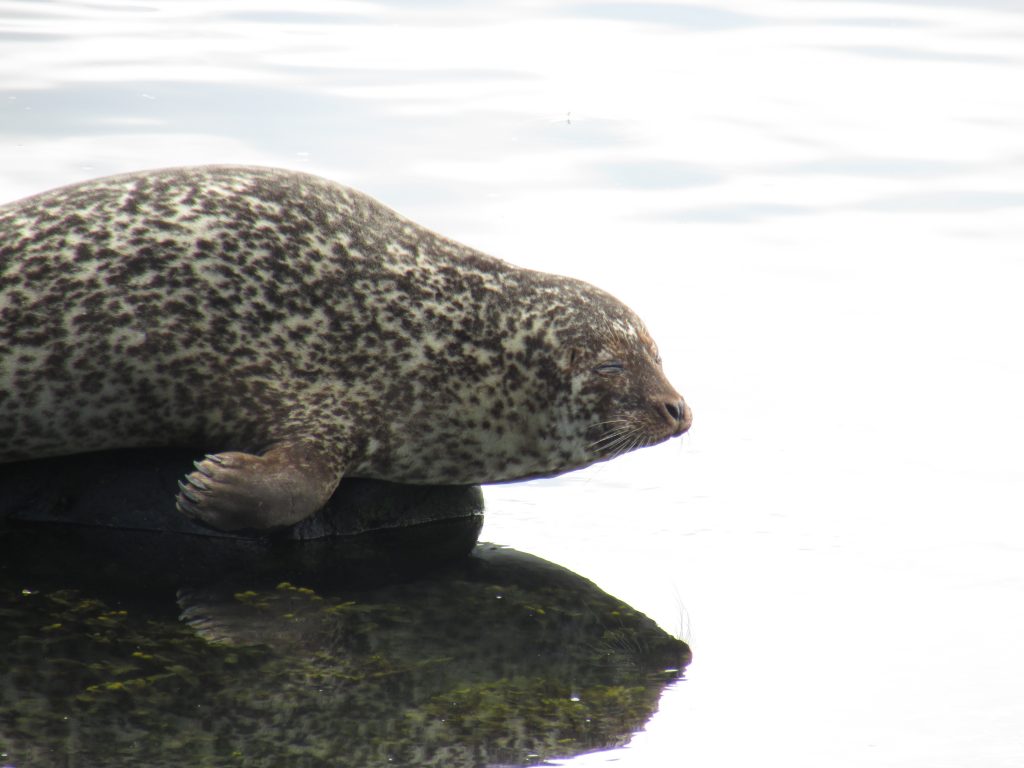
Conclusion
The research indicates that seals are not having a significant effect on Irish fish resources, or acting as important competitors to our commercial fishermen. Seals are having an impact on set net fisheries and line fishing through depredation, but this impact can be tackled through other means without the drawbacks of culling. Similarly, provision already exists under the Wildlife Act for the killing of problematic individual seals to protect fisheries. The drawbacks of culling include expense and risk to conservation, and the killing of seals in particular has led to considerable implications for animal welfare in other countries.
It has been noted that competition between seals and fisheries has the potential to become an issue in the future, however. As fisheries are fishing species lower and lower in trophic level, this may lead to increased competition with mammals if it continues. Models indicate that seal-fishery interactions may become more significant with increased seal populations (though no significant effect on fisheries was found even with a quadrupling of the seal population). Some workers have criticised ecosystem modelling techniques like those used in several of these studies as being inadequate to provide sufficient robust evidence. But physical evidence such as scat and blubber samples also supports the conclusion that seals don’t represent serious direct competition to Irish fisheries.
When there has been no adequately proven benefit and potentially significant drawbacks, it would seem inadvisable for Ireland to initiate any form of seal cull in the foreseeable future.
This post was adapted from an essay submitted for the “Zoology and Society” undergraduate module in 2016.
Related Posts
Cod, correlation and causation by Adam Kane in 2012
Killing in the name of Science – Dying for Conservation by Sarah Hearne in 2014
Predators: feathered friend or foe? by Darren O’Connell and Andrew Power in 2015
About the Author
Fionn Ó Marcaigh is a PhD student in Nicola Marples’ research group in the Department of Zoology, Trinity College Dublin. He studies birds on Indonesian islands to uncover the factors underlying the evolution of new species, supported by the Irish Research Council. Find out more about his research here:
Website | TCD Zoology Profile
Twitter | @Scaladoir
Research Gate | Profile
LinkedIn | Profile

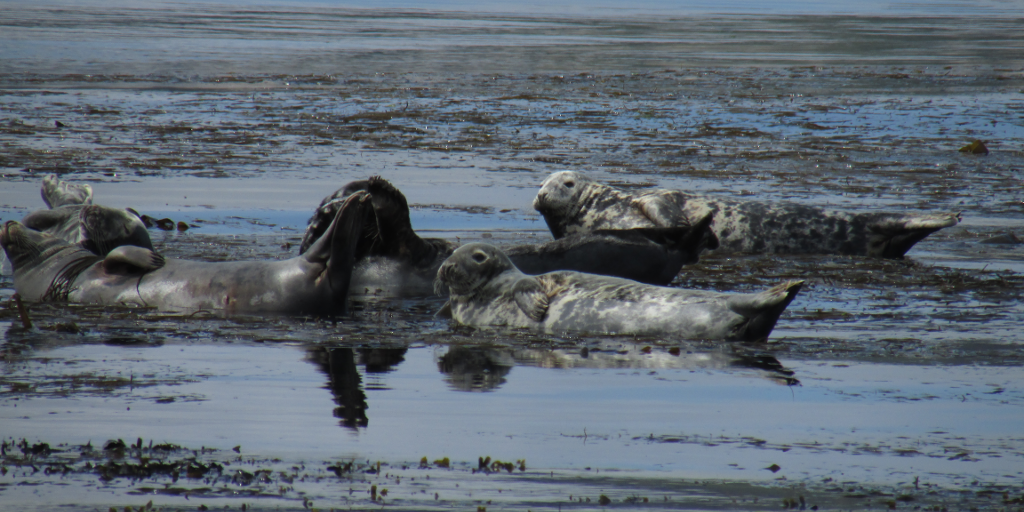
These people who did illegal killings on seal must be put to jail or prison so that they will learn their lesson and also a warning to those who want to attempt.
Thank you for this well written and informative article. At present, the seal population of the River Moy in Co Mayo is under threat of a cull.
Fionnuala Langford